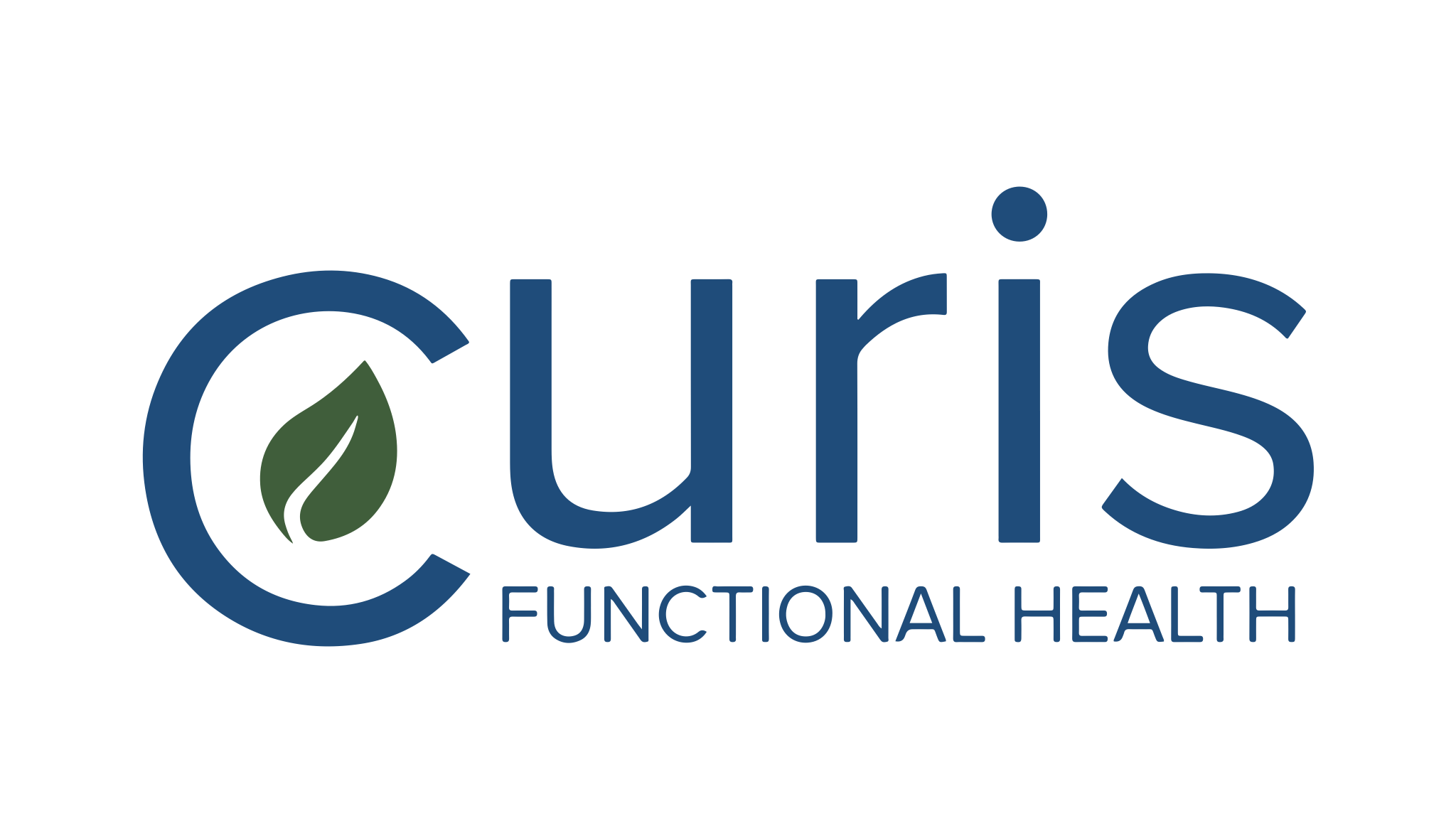
In previous articles, we have explored what Eye Movement Desensitization and Reprocessing (EMDR) is and how it works. In this article, we will explore what a typical EMDR session looks like and the course of treatment when therapists use EMDR in therapy.
Overview of the Eight Phases of EMDR Therapy
Therapists guide clients through eight phases of EMDR therapy over multiple sessions, depending on the client and the issues they address.
Phase One: History Taking and Target Identification
The first phase consists of a series of history-taking sessions. The client and therapist identify possible targets for EMDR processing. These include distressing memories and current situations that cause emotional distress. Other targets may include related incidents in the past. The therapist emphasizes developing specific skills and behaviors the client will need in future situations, then assesses the client’s readiness and creates a treatment plan.
Phase Two: Preparing for EMDR Sessions
During the second phase of treatment, the therapist ensures that the client has several different ways of handling emotional distress so they can manage their feelings between sessions. The therapist may teach the client a variety of imagery and stress reduction techniques. Since EMDR produces rapid change, the client needs to have a means of maintaining equilibrium during and between sessions while adapting to their newfound feelings.
Phase Three: Assessment of the Target Memory
In phase three, the client identifies and describes the disturbing target memory. This includes:
- The vivid visual image related to the memory,
- A negative belief about oneself,
- Related emotions and body sensations.
Additionally, the client selects a positive belief for future use during the session.
Phase Four: Desensitization
The therapist helps the client focus on the disturbing image, negative thoughts, and body sensations while simultaneously engaging in EMDR processing using sets of bilateral stimulation. These may include eye movements, taps, or tones. The type and length of these sets are tailored to each client. During this process, clients notice whatever comes to mind spontaneously.
Phase Five: Installation of Positive Beliefs
When the client reports no distress related to the targeted memory, the therapist asks them to focus on the preferred positive belief identified earlier. The client may adjust this belief if needed, and then strengthen it through additional bilateral stimulation.
Phase Six: Body Scan
The therapist guides the client to mentally scan their body to identify any lingering tension or discomfort related to the memory. If any sensations remain, the client processes them with more bilateral stimulation until they are resolved.
Phase Seven: Closure and Reflection
The seventh phase is closure, where the client keeps a log during the week. The purpose of the log is to document any memory-related material that may arise. It also reminds the client to use the self-calming activities they mastered during Phase Two.
Phase Eight: Reviewing Progress
Lastly, phase eight consists of reviewing the progress made thus far. The therapist and client will review the EMDR treatment process, including all related historical events, current incidents that elicit distress, and future events that will require different responses. Clients generally leave this session feeling empowered and accomplished, reporting a resolution of previous distress and a return to normal functioning.
Research and Effectiveness of EMDR
EMDR has a broad base of published case studies and controlled research that supports it as an empirically validated treatment. The research shows a substantial and sustained reduction in symptoms in most patients. Studies include 3-, 5-, 15-, and 18-month reviews, with patients reporting sustained symptom reduction.
Looking Ahead
Now you know what EMDR is and how it works. In the following few blogs, I will discuss the specific conditions that EMDR can treat.


